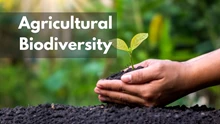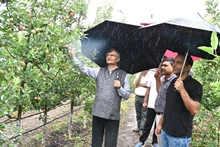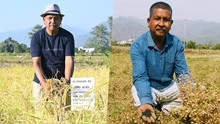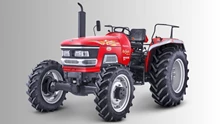
Farmers have faced a number of challenges over the last two decades, ranging from constant weather changes to economic ups and downs. Dudley Baker, owner of Baker's Ranch, says agriculture is a struggling industry and that young people are hesitant to work in it.
"The days of the independent farmer are coming to an end. Corporations are taking over farming and ranching across America and Texas," Baker stated.
According to the Centers for Disease Control and Prevention and the National Rural Health Association, suicide rates in rural communities have increased 46%, with farmers three and a half times more likely to commit suicide than the general population.
The Texas Department of Agriculture (TDOA) established a hotline specifically for the community it serves to help reduce those statistics.
"It's critical to have this resource available and to work to change the culture so that people understand it's okay to ask for help. We want to be the resource for these farmers," Trish Rivera, TDOA rural health specialist, explained.
The Farmer Mental Health and Suicide Prevention Program is a toll-free hotline that was established in 2021 and currently employs 250 people.
The programme receives about 60 calls per month and is staffed by licenced mental health professionals who specialise in assisting agricultural workers. It connects agricultural workers with nearby mental health specialists and serves as a listening ear for those in need.
The programme hopes to be sustained and receive $500,000 per year from the Texas government. The funds would be used to fund a helpline for all agricultural workers, their families, and members of their communities. The helpline number is 833-897-2474 for anyone in the agriculture industry who needs support or assistance with mental health.
"We understand that those working in this industry may feel isolated and go through a lot that we are unaware of. This is why the helpline is so important, and we hope to keep it running," Shelbie Lambert, content strategist at the University of Texas Southwest Ag Center, explained.












